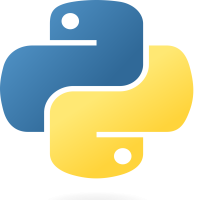
Python - Lambda Functions
01-Feb-2024Explore the concise world of lambda functions in Python. Learn how to create anonymous functions, understand their syntax, and leverage their power for succinct and functional programming.
Introduction
Python functions are reusable code segments that carry out particular tasks. With a focus on lambda functions specifically, this documentation offers a thorough overview of generating, defining, and utilizing functions in Python.
Lambda Functions
Anonymous functions, sometimes referred to as lambda functions, offer a clear method for writing simple, one-line functions without a formal description.
The basic syntax for a lambda function is as follows:
# Syntax
lambda parameters : expression
Single Parameter Example :
# Lambda functions with single parameter
square = lambda x : x ** 2
print("Square of 5:", square(5))
Multiple Parameters Example :
# Lambda functions with multiple parametersadd_numbers = lambda a , b : a + b
print("Sum of 3 and 7 :", add_numbers(3, 7))
Lambda functions are commonly used in situations where a short, throwaway function is needed.
Notes
- Short, one-line operations can benefit from the use of lambda functions.
- Functional programming constructs like reduce, filter, and map frequently employ them.
- Lambda functions are short, but their brevity may come at the expense of readability.
Conclusion
Knowing how to use Python lambda functions—whether they have one or more parameters—offers a versatile tool for quickly and easily constructing functions, particularly in situations where a complete function specification is not required.


